
My wife comes up to visit for a week and to help me plant all the trees. She's ordered 20 blueberry shrubs, 2 Fuyu persimmons, a mulberry, 2 juneberry, and because she'd ordered kind of late and most nurseries didn't have much left, she got 2 redbuds, and 2 sumacs. The redbuds do have edible flowers (taste like sweet pea), and sumacs draw birds and butterflies, and also have marginally edible berries. At the least they make a great lemonade. Very high in Vitamin C.
She's brought a gazebo with her. It's 10'x10' with a steel frame, about $200. We set it up in the northwest corner of the property, under a grove of white oaks. They offer the best shade out in the clearing. To get the gazebo level, we dig down and plant the metal in the ground on the right side, and on the left, we raise it up on partially buried concrete blocks. I drive rebar in and tie the frame to the rebar to keep it from moving. It's very nice, but the inside is grassy and sloped, and we don't have any furniture for it yet:
We have 2 solid days of rain, and for a break we stay in a motel. The kids take a photo of Mishka covered up in bed:
We buy a lot of bags of topsoil and compost. Then we go home and can finally start planting.
We put the peach trees right out in front of the barn. They're beautiful, and already producing. I dig a big hole, break up the bottom, put a little gravel in for drainage, and fill around the root ball with a 50/50 mix of compost and topsoil. I set up a deer fence around it, then pound in three stakes and tie up string to help support the trunk in the wind. I'm following the advice of a book my sister gave me called THE COMPLETE GUIDE TO PLANTING AND GROWING TREES. Here's a photo:

We plant the blueberry also, along the edge of a small clearing across the driveway from the garden. The berms I'm saving for the ones we've ordered, because they're listed as hardy, and seem to thrive on disease and neglect. They won't need pampered.
When our mail-order trees and shrubs finally come via UPS they are truly a disappointment. They come packed tightly in a box, most without a single leaf. They look like sticks. And they've just got bare roots, that are packed in some kind of gel. We take photos in case we have to return them:
The persimmons go on either side of the compost bin, about thirty feet away from it:



The blueberries are all planted about 6' apart up on the berm. We get another 100' of hose also, to be able to reach the berm for watering. When I lay out all 200' of black hose in the sun for hours, then set up the nozzle off the windbreak, I get a long luxurious shower. Almost 10 minutes of bliss. Who needs a water heater? Though we do plan on making a batch heater (it's an old defunct water heater that you paint black and surround in a glass frame out in the sun). It's grid-free hot water.
Sometimes I'll catch the ground moving, and Mishka sniffing wildly at it. One day he digs one up. It's a mole:
Moles are actually considered great for your soil, with the way they break it up.
The girls find a black widow over by a concrete block. We take photos, then move her over to the garden:


I first put up the posts, to support the gate. They're round treated landscape timbers, about $6 a piece. I dig two holes with a posthole digger, about 24" deep. I come across an old school way to plant posts from this book, HOW TO DO JUST ABOUT ANYTHING, from back in the eighties. Concrete is actually not the way to go, because it locks up moisture in the post and accelerates decay.
What you do is dig down an extra 2" beyond your 24" depth. Then you wedge a large stone about 2" high down into the bottom. This keeps the bottom of the post off the clay and moisture. You set the post in, down on to that bottom rock. Then you pour about a foot of gravel in. This is for drainage, to keep seeping moisture in the soil down and away from the post. Now get the post perfectly plumb with a level, the gravel will hold it in place. Next I took a few inches of clayey soil and packed it around the post. This acts as a sort of glue, holding the gravel and post. Then above this you cram in rocks to lock the post in place. They should barely fit. I pounded some in with a hammer. At this point my post was immovable. On top of the rocks goes another layer of clayey soil mounded up to hold everything in place. This is supposedly the way it was done in the past, before the advent of cement and treated wood.
My two posts are planted one post-length apart. According to a video I saw on putting up farm gates, the third post is to be a horizontal member between the vertical ones, keeping them upright. Landscape spikes are then driven in horizontally to keep everything in place. But to me it made more sense to put the horizontal timber on top of the upright ones, and drive the spikes down, as far as getting the best hold and best minimizing any post-lean. These farm gates are very heavy, and if the post that's fastened to the gate isn't braced, it'll lean right over in no time.
Once I had my posts up I drilled two holes for the bolts. They're massive 3/4" bolts, about a foot long. Here's where I screwed up. When I was drilling I accidentally came in at a slight angle, instead of perfectly horizontal, so when the bolts went in they went in at an angle also. I redrilled the bottom hole and got it to fit. I then made all the adjustments on the bolt with its nuts on both side of the posts, to get the gate level. I got it pretty level, but not perfectly plumb. But it was good enough, and it works:
 Here's a deeper shot so you can see how the timbers were put in on the right:
Here's a deeper shot so you can see how the timbers were put in on the right: It's fastened to an old post on the left with a heavy chain and padlock.
It's fastened to an old post on the left with a heavy chain and padlock.-










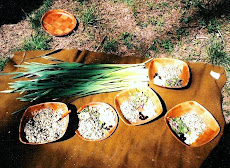









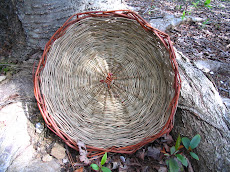



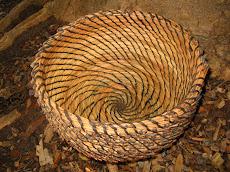



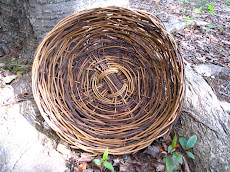

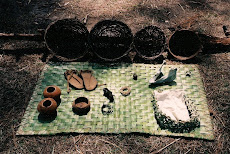


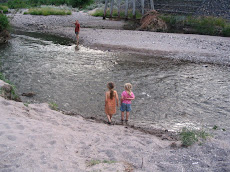

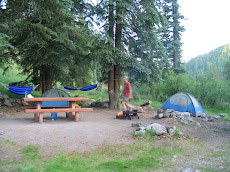


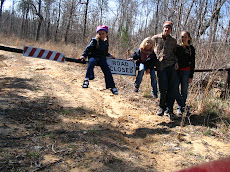

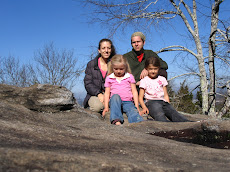




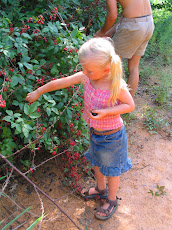








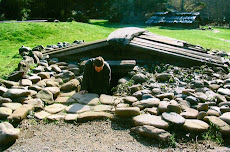

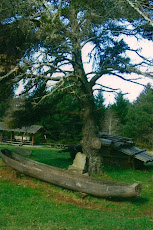



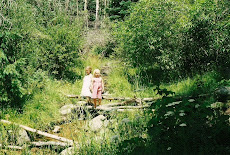
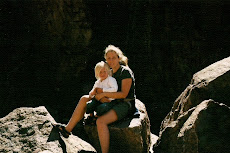
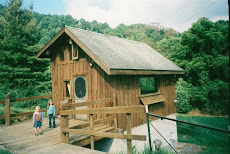

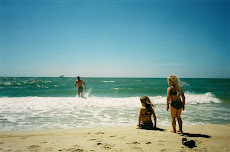
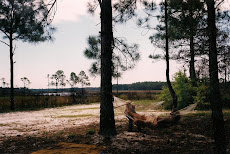

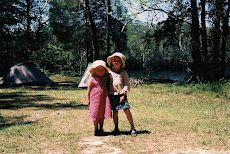.jpg)

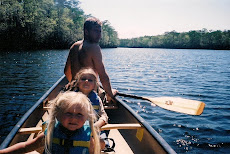.jpg)

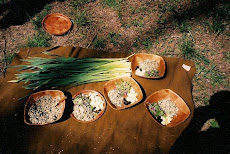
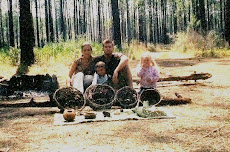
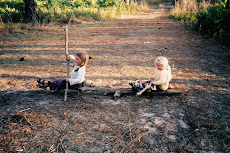.jpg)

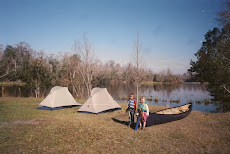

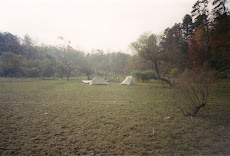
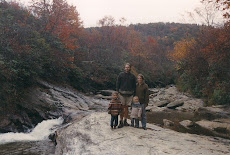
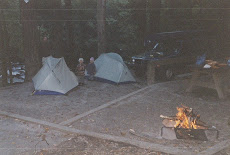


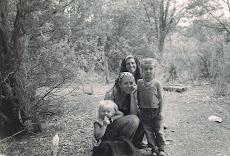.jpg)
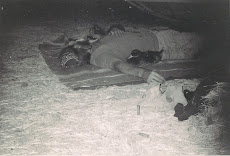.jpg)
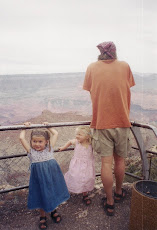
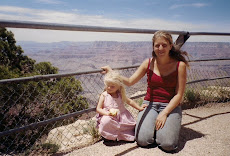.jpg)
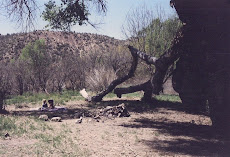.jpg)
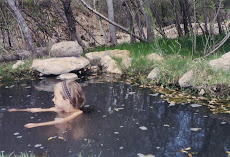
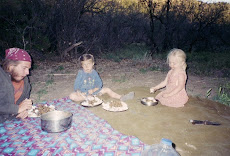.jpg)
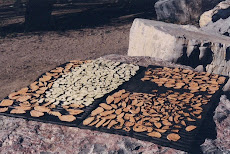
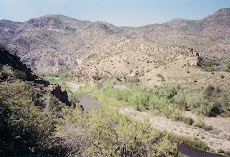.jpg)


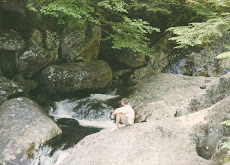

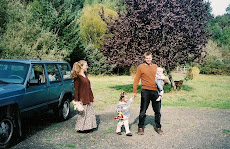
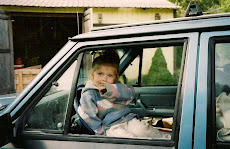




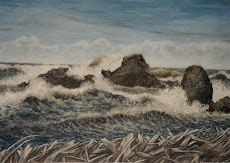




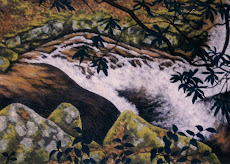






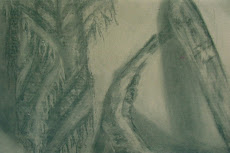

1 comment:
Hi there,
The trees that were sent via UPS were sent as "bare root" seedlings. This is a valid way of planting trees and is the way the Arbor Foundation mails trees. You should have received information on transplanting your "bare root" trees. The gel on the roots is, in fact, the BEST way to send the trees since it provides nutrients during shipping. Sending heavy potted trees is not possible for mail order tree companies but buying potted trees if preferred for some folks as it is usually less work to get the trees growing. Just buy potted trees at your local nursery if your don't prefer starting trees from "bare root".
Nash
Post a Comment